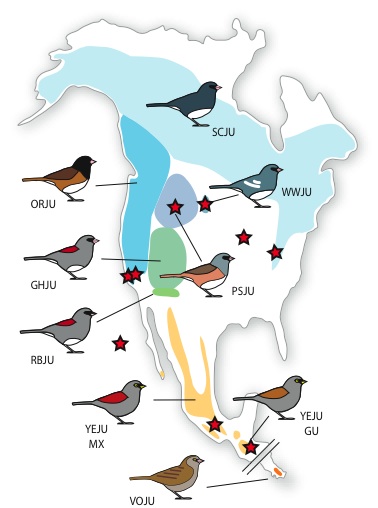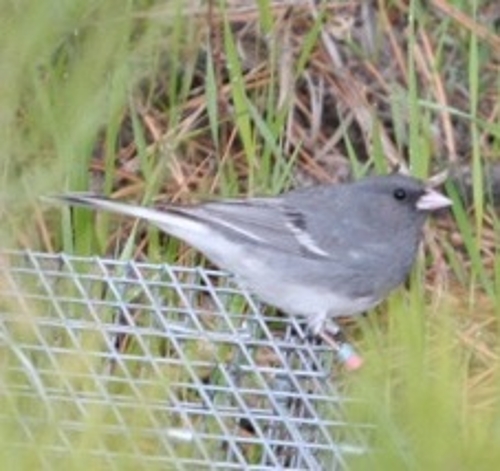
A recent study suggests that the diversification of the dark-eyed junco into subspecies occurred after the last glacial recession. The degree of diversity across subspecies is extensive, especially given the relatively short timescale (Mila et al. 2007). This marked, rapid phenotypic differentiation provides an excellent system for the comparative study of endocrine mechanisms.




